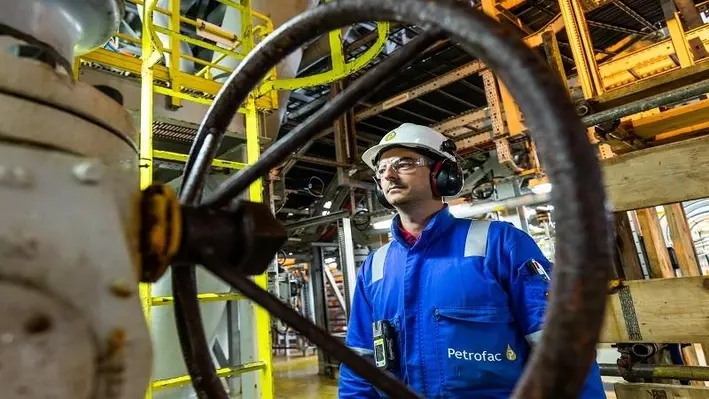
 Dana Petroleum has selected leading service provider, Petrofac, to provide well management services for all of its UK North Sea operated assets.
Dana Petroleum has selected leading service provider, Petrofac, to provide well management services for all of its UK North Sea operated assets.
The two-year contract, which will include providing services to both the Triton FPSO (Floating Production Storage and Offloading) and the Western Isles FPSO vessels, continues on the back of an existing five-year relationship between the two companies. Petrofac previously provided outsourced well engineering services to Dana’s 11 operated and 18 non-operated Licenses in the UK North Sea.
The contract includes full life cycle well engineering, from initial concept through detailed design and planning, supporting well construction, intervention, and decommissioning activities. The contract is valued at approximately US$60mn.
“I’m proud of the value we have been delivering to Dana for the last five years, but there is no better validation of our delivery than our customers decision to retain our services. We look forward to supporting their delivery of value for their shareholders through continued safe, reliable and efficient operations,” said Nick Shorten, Chief Operating Officer, Petrofac’s Asset Solutions.
Chief Operating Officer at Dana Petroleum, Andy Duncanson, said, “We are really pleased to award this new contract to Petrofac. Dana is committed to doing all we can to support the supply chain and nurture the specialist skills that are so important for both our business and the wider sector.”
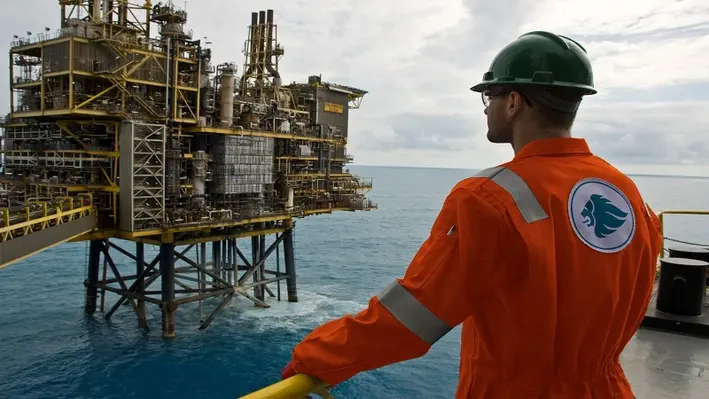
 Leading energy services provider, Expro, has successfully completed the plug and abandonment of Ireland’s first indigenous gas wells.
Leading energy services provider, Expro, has successfully completed the plug and abandonment of Ireland’s first indigenous gas wells.
Expro provided the delivery of integrated subsea and well test services over an eight-month period to intervene, plug and abandon subsea wells from a mobile offshore drilling unit located in the Celtic Sea.
The intervention scope utilised Expro’s ELSA (Expro Landing String Assemblies) system, supported by a complete backup system and direct hydraulic topside and subsea controls package.
Achieving more than 3,000 successful operations globally, ELSA is Expro’s industry-leading subsea well access technology, providing clients with a safe and environmentally secure operating system for commissioning and decommissioning subsea wells.
Expro’s Vice President of Subsea Well Access, Graham Cheyne, said, “With ten wells successfully intervened and abandoned one after another in a short timeframe, the reliability of the system was proven with 100% operational uptime and zero NPT, improving the efficiency of Expro and our client’s subsea operations over the extended operational period.
“This project not only enhances our already established subsea well access experience and track record, but it also demonstrates our strong position to deliver value and extraordinary performance in the integrated decommissioning and plug and abandonment market.”
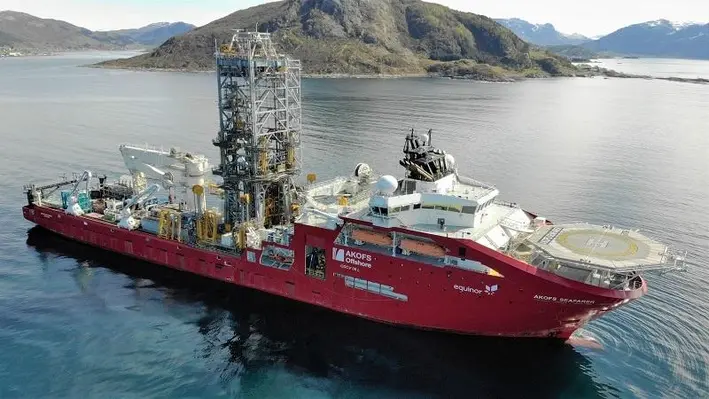
 The Petroleum Safety Authority Norway (PSA) has given its consent for Aker BP to use the mobile drilling facility AKOFS Seafarer for well intervention activities on the Skarv field.
The Petroleum Safety Authority Norway (PSA) has given its consent for Aker BP to use the mobile drilling facility AKOFS Seafarer for well intervention activities on the Skarv field.
The AKOFS Seafarer is owned by AKFOS Offshore which undertakes well intervention and subsea installations in Norway as well as internationally.
Located in the Norwegian Sea, the Skarv field has been developed with a floating production, storage and offloading vessel (FPSO) with five subsea templates with 15 wells. Work is ongoing to evaluate the potential of infill wells and other prospects in the area due to a decline in production.
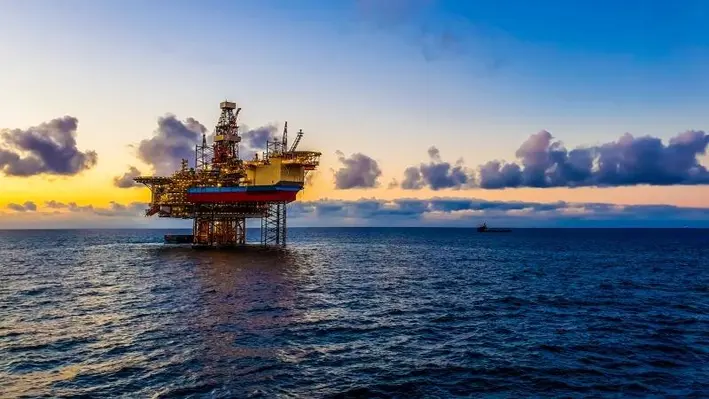

At the OWI MED 2022 conferenee, Abdullah Moustafa Mohamed Saad, Senior Production Technologist, Cheiron/Bapetco, will explain how changes in conditions lead to low and zero coat production gains.
The conference will be held in Athens, Greece, on 20 September 2022. The hottest talking points within the Mediterranean and North Africa region, along with the latest well intervention intelligence from the region will be discussed at the event.
Abdullah will help the audience learn about closed in gas wells in heterogeneous reservoirs and explore how changes in stimulation cost unlocks more economic potential.
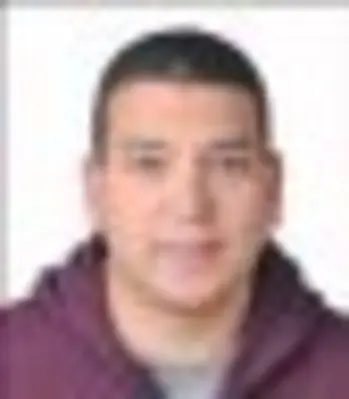
Through his presentation, he will make participants analyse artificial lift optimisation and cost changes and explain them the impact of reduced back pressures from years of production loss, that could help in intermittent operations.
Visitors at the event can explore well stimulation methods and effective production enhancement strategies to increase well stock value in mature wells.
Reach out to the details below:
Joseph Watson
Project Manager
T: +44 (0) 20 3409 5720
e:
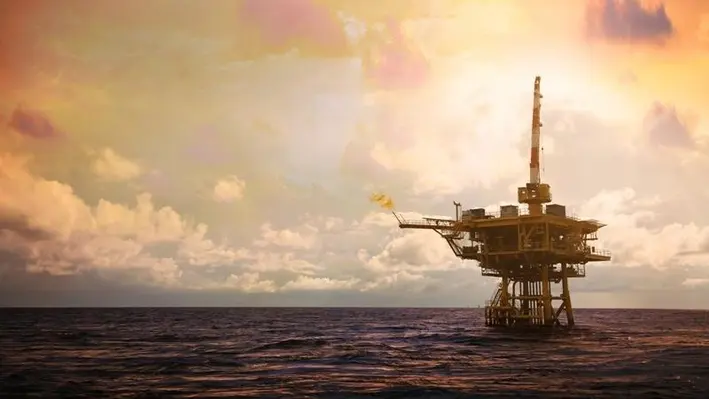

OWI MED 2022 is back as a live event after last year’s inaugural virtual launch. The conference will be held in Athens, Greece, on 20 September 2022. The hottest talking points within the Mediterranean and North Africa region, along with the latest well intervention intelligence from the region will be discussed at the event.
Eman Sayed Shahin, Performance Lead and Senior Petroleum Engineer from Dragon Oil, will be presenting a case study on the success of advanced reservoir management via an integration between real-time monitoring system and classical reservoir model, in the Gulf of Suez.
She will review how the J-100 well was equipped with a real-time automation system, which helped detect problems in the well and reduce delays in receiving data from periodic visits to the well.

Eman will explore how this integrated work-flow highlights the integration between real time remote monitoring systems in offshore fields and how this can add considerable benefits to the business.
Reach out to the details below:
Joseph Watson
Project Manager
T: +44 (0) 20 3409 5720
e:
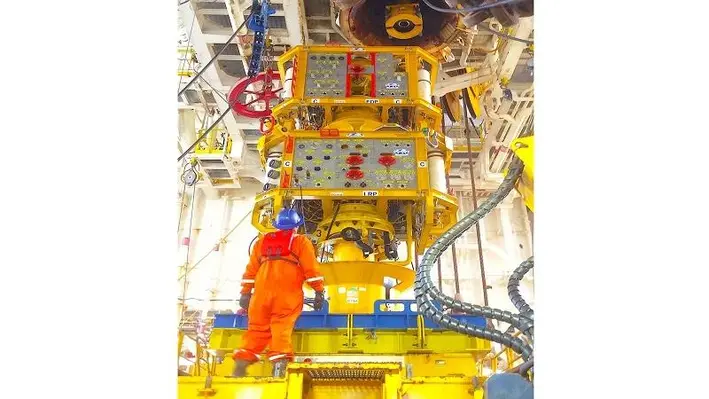

Well-Safe has awarded a contract to Trendsetter Engineering for the utilisation of the Trident Intervention System and technical services for abandonments in the UK, North Sea.
The system will be deployed from the Well-Safe Guardian rig to conduct a multi-well P&A campaign for an estimated 320 day duration.
Trendsetter owns and operates five 15,000 psi subsea intervention systems for hydraulic, riserless light well and intervention riser-based operations. Their flagship intervention system, TRIDENT, utilises advanced technologies to provide high-spec capability in a lightweight and modular package, furthering Trendsetter’s goal of bringing innovation to subsea intervention.
Mike Cargol, Vice President of Rentals & Services for Trendsetter Engineering, commented, “We are excited to work with Well-Safe to bring TRIDENT to the North Sea for plug and abandonment operations. We look forward to providing our value-added intervention services and are eager to identify additional opportunities for collaboration for our two companies.”
Neil Ferguson, Operations Director at Well-Safe Solutions, added, “Trendsetter is an ambitious partner with a strong track record of technical delivery around the world. Adding this capability to the Well-Safe Guardian unlocks considerable operational improvements and time savings for our clients during well intervention operations.”
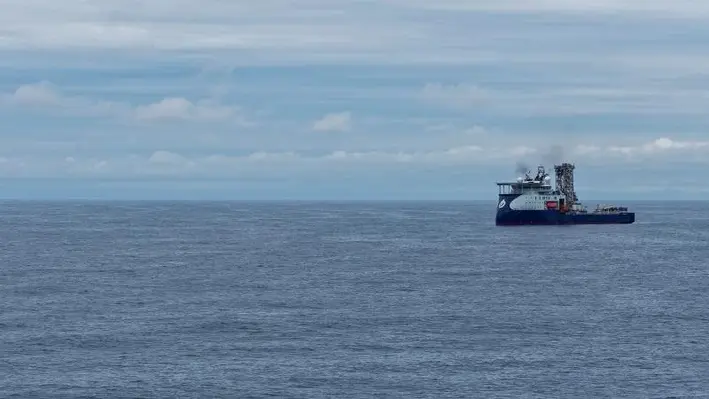

At the OWI MED 2022, being held in Athens, Greece on 20 September, Matthew Vick, Senior Subsea Wells Engineer from bp will speak about their Gulf of Mexico riserless intervention campaign.
Attendees will have the exclusive opportunity to access a case study from bp on their ongoing riserless Intervention Campaign in the Gulf of Mexico.
Vick will review the broad scope of well access equipment that can be utilised from a single vessel, including mechanical wireline, hydraulic via TRT, hydraulic via well service jumper hose and hydraulic via stimulation choke insert.
During the talk, he will explore an overview of the planning and execution of the campaign including well access, well integrity restoration, well surveillance, well stimulation and protection, and fishing.

OWI MED allows attendees to access new regulations and innovative LWI technologies to develop a best practice intervention strategy for production, integrity and P&A projects.
Reach out to the details below:
Joseph Watson
Project Manager
T: +44 (0) 20 3409 5720
e:
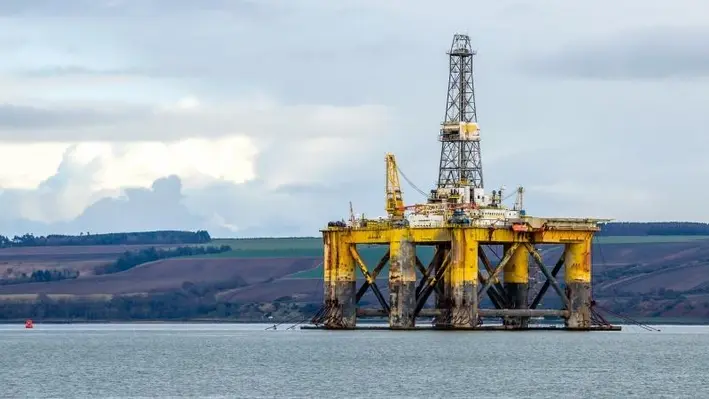

Yerasimos Angelis, Managing Director of GA R&D Ltd., will be presenting a case study at the OWI MED 2022, which will take place in Athens, Greece on 20 September 2022.
He will speak about the highlights from over 300 U-line runs where this market-leading technology has reduced the cost and carbon impact of well intervention operations across the globe, including the North Sea.
The MD will explore U-line technology and how it can reduce cost and carbon impact of well-intervention. Along with demonstrating how the technology has improved the scope of well interventions that operators can achieve within budgets, he will also analyse how the services run on; slickline, e-line and fiber deployment.
The hottest talking points within the Mediterranean and North Africa region, along with the latest well intervention intelligence from the region will be discussed at the event.
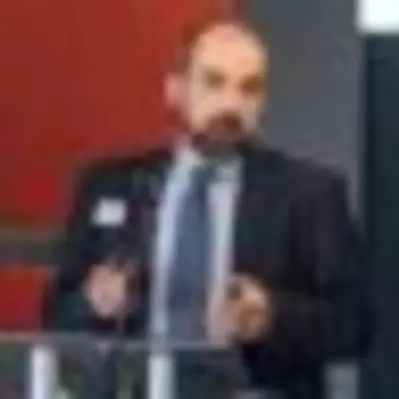
Reach out to the details below:
Joseph Watson
Project Manager
T: +44 (0) 20 3409 5720
e:
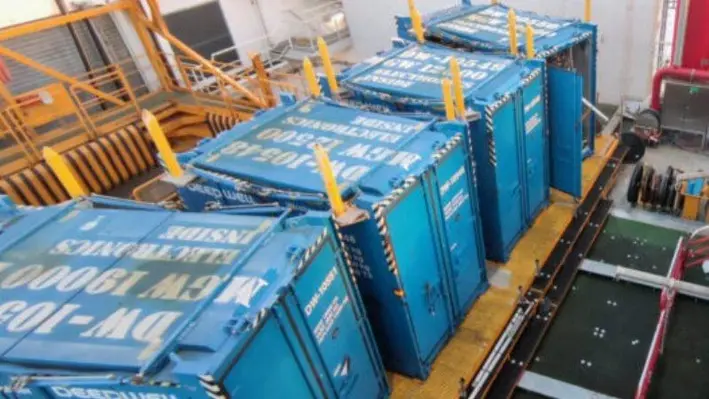

Paradigm’s e-Winch Technology, used by Archer aboard the Seafarer vessel in Norway, has received praises for playing an important part in significantly increasing well intervention efficiency while reducing CO2 emissions.
In 2020, Paradigm Technology Services B.V, a leader in oilfield technologies, delivered four NORSOK e-Winch units to Deepwell AS (now Archer AS) of Norway, for continuous operations aboard the Seafarer vessel.
Step changes in efficiency, performance and safety were core principles throughout the design and engineering phase, with the four double-drum units containing a wide range of Paradigm’s existing proprietary solutions as well as some new designs. Features such as dynamic breaking and constant speed control (taken from a suite of advanced winch control software options) have added significantly to the safety of vessel-based intervention operations, whilst the new ‘hands-off’ drum exchange system enable drums to be changed out safely without anyone ever being in the line of fire.
A wide range of operations have been performed with the e-Winch units, including plug and perforation, pre-P&A activities (plug setting, tubing punching/cutting), zonal isolations, production logging, injection logging, DHSV replacements, GLV changeouts and tubing/screen punching. Over the past year, the success of the whole Seafarer vessel has been notable and has been attracting industry attention having performed work on a large number of subsea wells within a short time frame.
The control options afforded by the e-Winch technology has helped significantly with the operational performance, with four winch control locations available to the team; a local hand-held remote control, a local deck mounted Zone 1 panel, a full control chair system with control panel with camera feedback situated in the vessel’s control room, and full remote operation from shore (or indeed anywhere worldwide).
William Ash, Managing Director of Paradigm Technology Services, said, “We are incredibly proud to be playing a small part in the success of the incredible Seafarer vessel. To fit such an amount of winch functionality into the restricted footprint was indeed a challenge, but with the great collaboration of all involved it has resulted in an excellent technical solution which is also helping drive down CO2 emissions with the all-electric e-Winch technology”.
Bendt Nybøe, Technical Lead Archer Husoy, added, “Due to the flexible set up, the easy rig up, the special safe drum change out systems, the advanced winch control software, the winches are performing even better and easier than we predicted.”
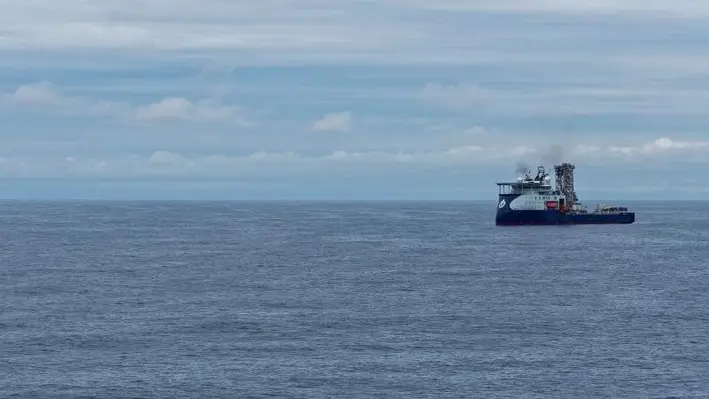

OWI MED 2022 is back as a live event after last year’s inaugural virtual launch. The conference will be held in Athens, Greece, on 20 September 2022. The hottest talking points within the Mediterranean and North Africa region, along with the latest well intervention intelligence from the region will be discussed at the event.
One of the key discussions at the conference will be learning how implementing new digital systems can result in more cost-effective and efficient well intervention and integrity processes. Operators can explore preventative maintenance efforts which can mitigate potential problems such as corrosion.
Contributing to this topic, will be Mustafa Adel Amer, well integrity specialist from BAPETCO. He will throw light on well integrity management, right from a production obstacle to a production booster. Mustafa will review surface-controlled subsurface safety valve (SCSSV) failure statistics in BAPETCO over the period 2010 to 2018. Mustafa will also explain the assessment of risk of failing in SCSSV and analyse wells criteria to define safe well operation with failed SCSSV.

Mustafa will be holding a panel discussion on ‘value of well integrity in reducing methane emissions’. It will seek answers to what the global industry can do or is currently doing to bring down its methane emissions from oil and gas operations. The discourse will explore the role of well integrity to reduce methane emissions for existing wells still in production and analyse whether well integrity has an impact in reducing methane emissions in abandoned wells.
Reach out to the details below:
Joseph Watson
Project Manager
T: +44 (0) 20 3409 5720
e:
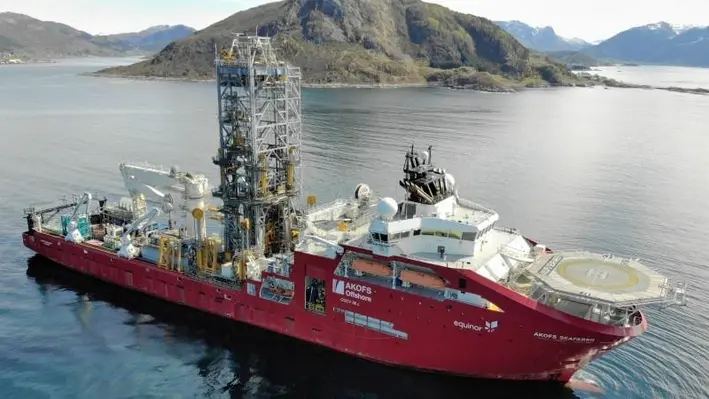

Seafarer, belonging to vessel-based subsea well construction and intervention services provider AKOFS, has just completed mobilisation for an upcoming three-well campaign as part of the five-year contract for well intervention for Equinor on Nowegian Continental Shelf (NCS).
The work has been performed at the Myklebust Yard in Norway. The OneTeam model implemented by AKOFS, was responsible for completing an intensive mobilisation without any serious safety incidents.
Following successful riser-less interventions since second half of 2020, Equinor and AKOFS have mobilised for a riser-based campaign using coiled tubing through an option in the contract. The AKOFS Seafarer has proven to be an extremely efficient vessel for riser-less interventions year round on NCS, thanks to its unique set-up, size and lay-out as well as the OneTeam model implemented by AKOFS and its operating partners Archer, WellTec and IKM Subsea. Utilising its flexibility, a high pressure work-over riser system has now been mobilised and added to the vessel together with a coiled tubing spread and fluid return treatment system.
The AKOFS Seafarer is now en-route to Equinor-operated fields Norne, Åsgard and Statfjord where well objectives will include scale, sand and debris removals, perforations as well as installation of plugs and screens.
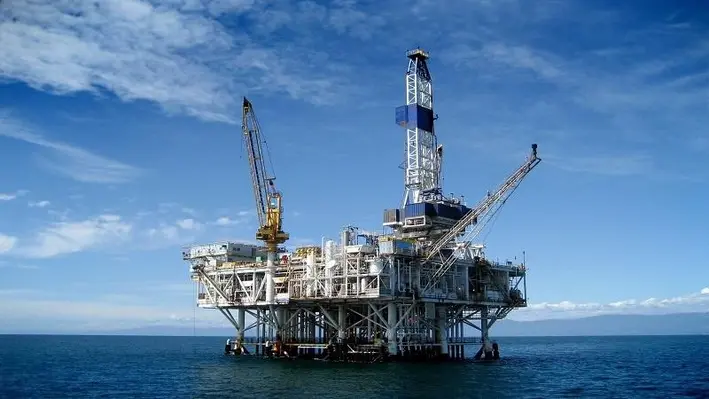

Serica Energy plc, a British independent upstream oil and gas company with operations centred on the UK North, has provided an operations update outlining its successful well intervention campaign on the Bruce Field.
Serica’s first ever light well intervention vessel (LWIV) campaign, part of the company’s ongoing plan to add value and extend the life of its Bruce facilities, has now concluded without any safety incidents or environmental issues.
The initial well (Bruce M1) was re-entered for the first time since 1998 and, after a successful scale removal and water shutoff, a significant reperforation and new perforation campaign was executed with the well returned to production.
Rates from the well have since increased from around 400 boe/d before intervention to more than 1,800 boe/d.
A similar programme was followed on the second well (Bruce M4) and production rates for the well increased from around 450 boe/d to more than 2,400 boe/d. The results from these two wells are at the upper end of the range of expectations and it is expected that there will be an uplift to independently assessed reserves.
This programme has increased confidence that further uplift can be achieved from future well interventions. Subsequently, plans to perform similar interventions on other Bruce and Keith wells, both subsea and from the platform, are now being accelerated.
Serica’s production performance in 2022 is benefitting from the significant investment in the Rhum R3 well reintervention, the Columbus development project and now the LWIV campaign. Serica’s average net production in July has averaged over 29,150 boe/d and YTD average net production is 26,832 boe/d.
Mitch Flegg, Chief Executive of Serica Energy, commented, "I am delighted with the significant progress that Serica has continued to make during 2022. The impact of the substantial investment programmes undertaken in the last three years has seen increased production levels providing responsibly sourced gas to the UK domestic market, protecting security of supply, and reducing the UK’s reliance on imports as part of the transition to a lower carbon future.
“Serica has no debt, limited decommissioning liabilities and with growing cash reserves is well positioned to continue to invest in further projects and other opportunities to add shareholder value. We have just completed a well intervention campaign on Bruce that has boosted net production by over 3,000 boe/d and provides further evidence of the value in Serica’s assets that can be realised through measured and expert operatorship.
“Operations have also commenced on the North Eigg exploration well with potential for transformational results, while we are now accelerating further well intervention work on Bruce and Keith following the success of the recently completed campaign.”
Page 4 of 9